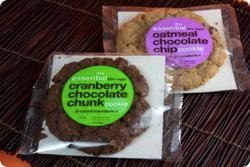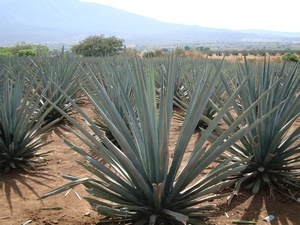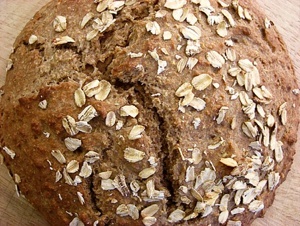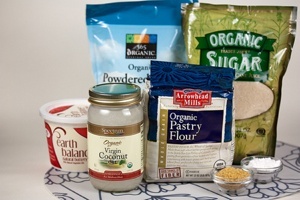Review Detail
 Jon
Jon
Process is Still Likely to Create Triglicerides
I really like the recipe for making vegan butter, but I would stress that you are essentially doing the same thing chemically to the fat in your recipe as the people who make Crisco (and Earth Balance for that matter). Whenever someone makes any fat (plant, animal) more stable at room temperature (i.e. solid) the fats go through a hydrogenation process to add hydrogen to the lipid structure. This process increases the melting point of the fat. Commercial companies that make Crisco use an extrusion machine to accomplish this task. Earth Balance's process is the exact same, they just market their product differently. Butter churning breaks down the fats in cream and chemically changes them into a solid. Your process is using the speed of the food processor blades to break down the liquid fats into a structure that stays solid at room temperature. All of these processes share one thing in common; they all produce trans fats (triglycerides).
All that being said, I do really like your process and recipe. I would just caution making any claims that this process is somehow healthier than any other hydrogenation process commercial companies use. But as a DIY vegan butter recipe, I don't think there's a better one on the web.
I've included some good reading on the extrusion process and how commercial manufactures http://www.aseanfood.info/Articles/11024149.pdf




